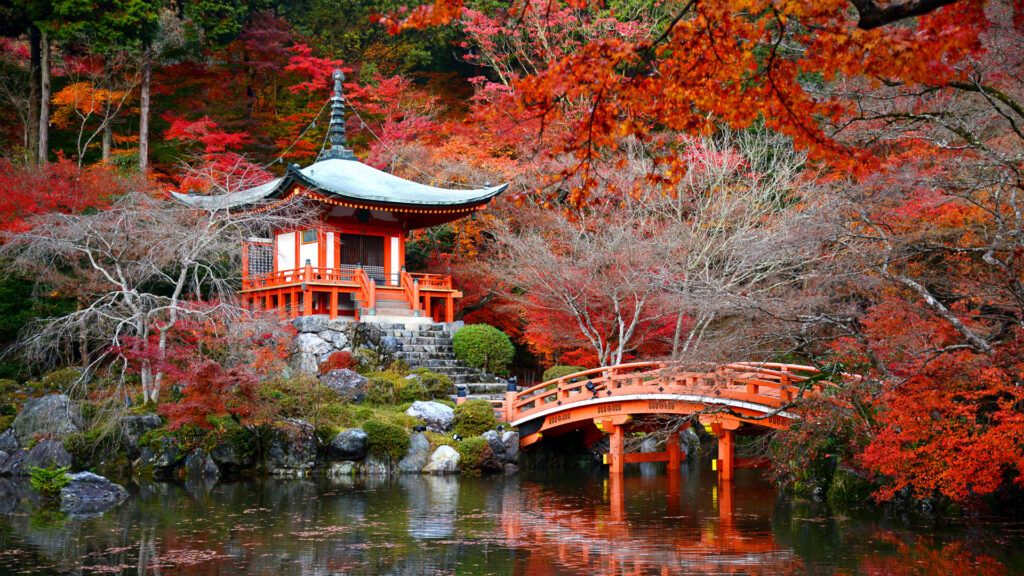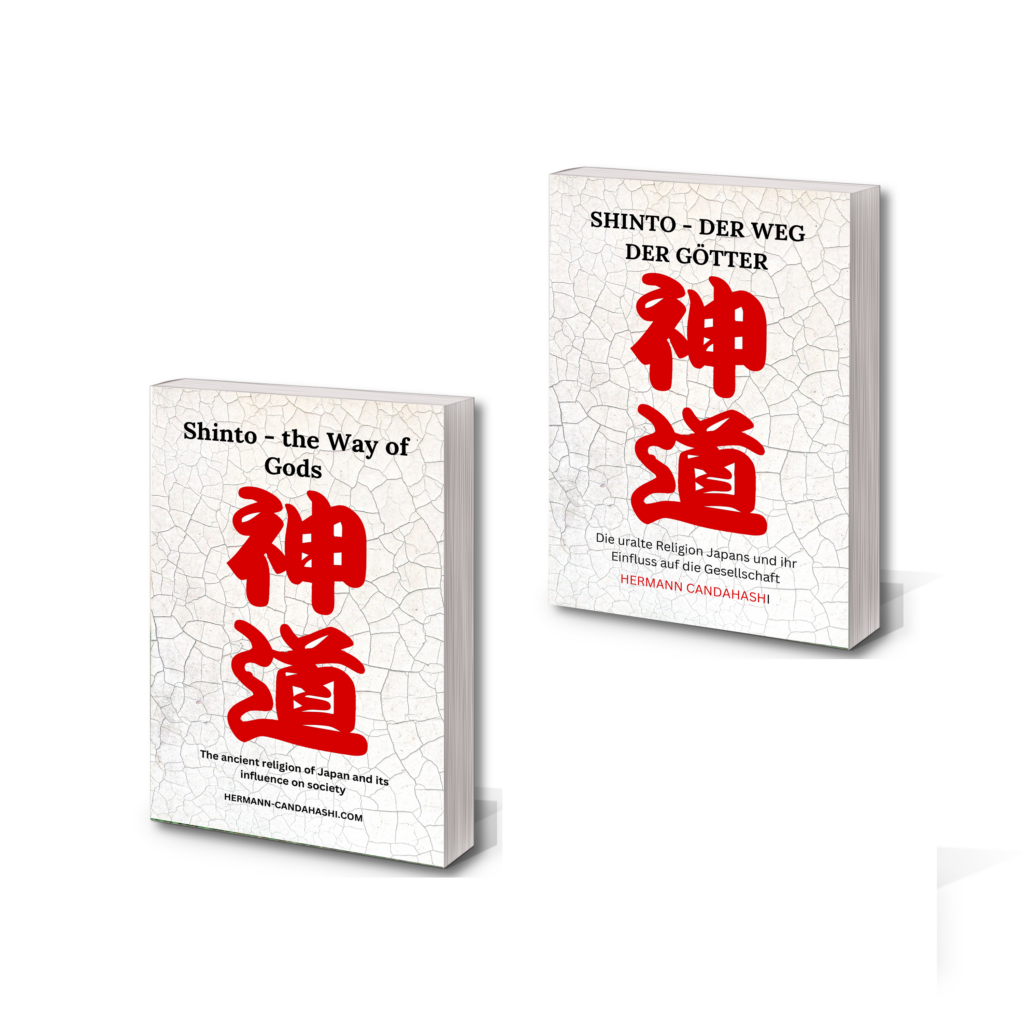
Shintoism, one of Japan’s oldest religions, holds a profound connection with modern Japanese society. This unique religious tradition has not only shaped Japan’s cultural identity over the centuries but also exerted diverse impacts on various aspects of contemporary life in Japan. In this article, we will thoroughly explore the role of Shintoism in present-day Japanese society.
Origins and Basic Principles of Shintoism
Shintoism is founded upon a multitude of beliefs and practices closely linked to nature, ancestors, and the spirits of the world. This religion emphasizes an appreciation for the natural environment and the idea that spirits inhabit all things. The worship of Kami, the spirits or deities, is a central element of Shintoism.
Shinto Shrines in Modern Japanese Society
One of the most striking manifestations of Shintoism in modern Japanese society is the numerous shrines scattered throughout the country. These shrines serve as places of worship, reflection, and cultural activities. Many significant life events such as weddings and newborn ceremonies take place in Shinto shrines. Furthermore, shrines are often closely tied to local communities and play a role in festivals and celebrations.
Shintoism and Cultural Identity
Shintoism has played a formative role in shaping Japan’s cultural identity. The recognition of nature and the spirit world has influenced the country’s art, literature, and philosophy. Even in modern Japanese pop culture, elements of Shintoism still resonate, illustrating the deep-rooted nature of this religious tradition.
The cultural identity of a society is shaped by a multitude of factors, including language, history, art, and religion. In this article, we take a fascinating look at Shintoism, one of Japan’s oldest religions, and how it plays a significant role in shaping the country’s cultural identity. From its origins to its influence on modern customs and traditions, we will explore the deep connections between Shintoism and Japan’s cultural identity.
The roots of Shintoism extend deep into Japanese history. The term “Shinto” itself can roughly be translated as the “Way of the Gods,” emphasizing the religion’s close connection to nature and deities. Early followers of Shintoism believed that the natural world was inhabited by spirits and deities known as Kami. These Kami were revered as protectors of natural phenomena, places, and clans, leading to a profound spiritual connection between people and their environment.
Throughout the course of Japanese history, Shintoism played an essential role in shaping national identity and cultivating a shared cultural heritage. Particularly during the imperial era, the Japanese emperor was viewed as a direct descendant of the Kami and was worshipped as the highest priest of Shintoism. This connection between the emperor and the religion helped create a strong cultural and political unity in Japan.
Even in modern Japanese society, the influence of Shintoism is unmistakable. The numerous rituals and traditions associated with this religion have been preserved over the centuries. An outstanding example is the New Year’s festival, known as “Hatsumode.” During this time, people flock to Shinto shrines to pray for health, happiness, and success in the upcoming year. This ritual underscores the close connection between Shintoism and the everyday lives of people.
In today’s globalized world, Shintoism continues to impact Japan’s cultural identity. While many Japanese also follow other religions or secular beliefs, Shintoism remains a crucial cornerstone of the country’s cultural identity. Its principles of reverence for nature and ancestors, the emphasis on community, and the recognition of the spiritual significance of everyday life contribute to shaping the Japanese mentality.
Shintoism is more than a religion; it is a reflection of the Japanese soul and its cultural identity. From its early beginnings to the present day, Shintoism has maintained a constant link between Japanese society and its history. The emphasis on spirituality, the worship of nature, and the connection to ancestors continue to be important elements that shape Japan’s cultural identity and make the nation unique.
Shintoism and Ethics
The ethics of Shintoism emphasize the notions of purity and respect for nature and fellow humans. These values also hold relevance in modern society, contributing to the general politeness and consideration often associated with Japanese people.
Shintoism in Political and Social Contexts
Throughout Japan’s history, Shintoism has also influenced political and societal developments. During the Meiji Restoration in the 19th century, Shintoism was intertwined with the state and utilized to promote a unified sense of national identity. This connection was severed after World War II when Japan revised its constitution and emphasized the separation of religion and state.
Modern Challenges and Adaptations
Despite Shintoism’s deep roots in Japanese society, modern challenges related to the religion persist. Increasing secularization and globalization have led to a decline in religious practices. Nonetheless, many shrines and religious leaders strive to make Shintoism more relevant to the younger generation by leveraging modern technologies and social media.
Despite the deep roots of Shintoism in Japanese society, modern challenges are associated with the religion. Increasing secularization and globalization have led to a decline in religious practices. Nevertheless, many shrines and religious leaders are attempting to make Shintoism more relevant to the younger generation by utilizing modern technologies and social media.
With Japan’s modernization in the 19th and 20th centuries, Shintoism came into conflict with the growing influence of Western ideas and religions. The separation of religion and state after World War II meant that Shintoism was no longer state-sponsored as before. This led to the loss of many traditional practices and customs. One of the main challenges Shintoism faces today is the task of remaining relevant to modern Japanese society. In a culture dominated by technology and consumerism, many young people might view traditional rituals as outdated or irrelevant. This has resulted in a decline in religious practices, particularly among the younger generation.
To address this challenge, some Shinto practitioners have begun adapting the faith to modern values. They emphasize the importance of harmony with nature in the era of environmental protection and promote social responsibility. Temples and shrines are increasingly organizing events that highlight not only religious aspects but also cultural and charitable ones. Another approach to adaptation involves interreligious dialogue. Shintoism has started seeking dialogue with other religions to find common ground and foster understanding among various belief systems. This helps establish Shintoism as part of the global religious discourse.
The digital age offers both opportunities and challenges for Shintoism. On one hand, social media and online platforms allow for a wider reach in spreading the message of Shintoism. On the other hand, the virtual world can also lead to detachment from traditional practices. However, some Shinto shrines have begun offering virtual tours to pique the interest of the younger generation.
Undoubtedly, Shintoism faces modern challenges, but as its history shows, it has the capacity to adapt and endure. The adaptations of Shintoism to modern values, interreligious dialogue, and the utilization of digital possibilities are examples of efforts to keep the religion relevant and vibrant. By harmonizing its rich tradition with the demands of the present, Shintoism can continue to play a significant role in Japan’s spiritual and cultural life.
Shintoism is more than just a historical religion in Japan—it is an integral component of the country’s cultural identity and societal fabric. The connection to nature, the ethics of purity, and the respect for the environment and fellow humans have taken deep roots in Japanese society. Despite modern challenges, Shintoism remains a vibrant aspect of Japanese life, evolving and adapting to the needs of the changing society.

For more read also my books:
“shinto: the way of the gods – the ancient religion of japan and its influence on society” provides a comprehensive and captivating exploration of shintoism and its influence on japanese society. it is intended for readers interested in religion, culture, history, and japanese society, offering deep insights into one of the most fascinating and influential religions in the world. immerse yourself in the world of shinto and discover its diverse facets and impact on japanese culture and identity.
another important topic is the connection between shinto and nature. in shintoism, it is believed that nature is inhabited by spirits or gods, and this concept has a strong influence on the understanding and treatment of the environment in japan. we also consider the connection between shinto and japanese mythology, as many of the gods and goddesses of shinto play a role in ancient japanese myths and legends.



